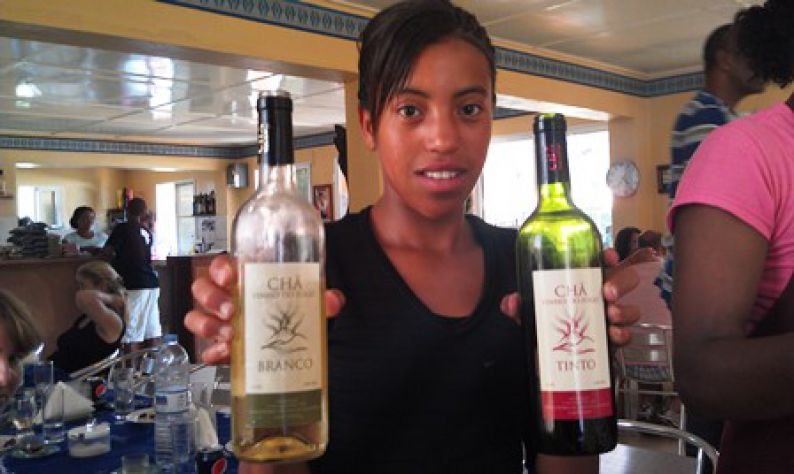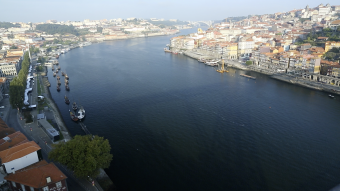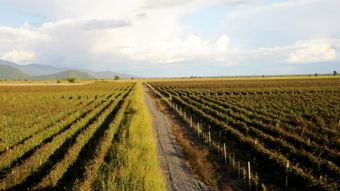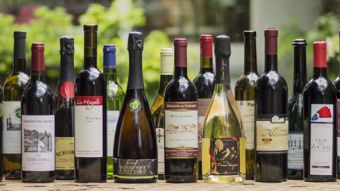Wine on Fire Island. The wine of Fogo
The vine is likely to be of tropical origin. Most wild vine species are found in these climes. The vine likes the heat, which stimulates its vegetative growth, encouraging it to spread over the soil or any other supports that allow it to receive more light. The vine is, after all, a creeping plant, and tends to rely more on its own growth than on the unpredictability of maturing fruit to create different individuals. But we are interested in the vine as a producer of grapes that, in turn, produce fine wines. In this respect, the vine of the tropics is of no use to us.
The traditional fine wine regions are located in temperate zones, where the vines cannot grow much vegetatively (besides which, we humans do everything we can to impede this…), so it concentrates its vital energy on producing fruit. Cold winters, rainy springs, warm, dry summers and cool autumns allow the grapes to ripen slowly, which is essential for quality. The tropics provide the opposite conditions: stable temperatures, heavy rain and little seasonal variation in daylight hours. What’s more, a tropical climate does not allow the vine to rest in winter, and the vine can produce two or more crops a year.
Yet, their taste for wine led the Spanish and Portuguese conquistadores and missionaries to plant the vine throughout the world. While the Spaniards were at the origin of wine production in Cuba, Bolivia and Colombia, the Portuguese took their obsession to India, Japan and, probably, Thailand.
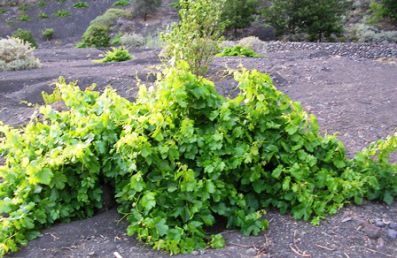 Some time ago I was lucky enough to visit one of those places where you would not expect to find wine, yet I ended up spending my entire stay talking about wine. This was on the island of Fogo, one of Cape Verde’s 9 main islands. The island is located in the tropics, at 15° north latitude and 300 km west of Senegal. As its beautiful name suggests, it is an island of volcanoes. In fact, it is actually one big volcano that has erupted several times, the last eruption, still warm, occurring in 1995.
Some time ago I was lucky enough to visit one of those places where you would not expect to find wine, yet I ended up spending my entire stay talking about wine. This was on the island of Fogo, one of Cape Verde’s 9 main islands. The island is located in the tropics, at 15° north latitude and 300 km west of Senegal. As its beautiful name suggests, it is an island of volcanoes. In fact, it is actually one big volcano that has erupted several times, the last eruption, still warm, occurring in 1995.
When the Portuguese arrived, Fogo was uninhabited, but it was then populated to supply the miserable slave trade routes. There then came this vital need to plant vines, which the Portuguese and Spanish had wherever they went. As we all know, the climate becomes cooler the higher up you go. In the tropics, latitude problems are partially offset by altitude, and Fogo does not lack in altitude: the Pico do Fogo rises to 2,829 metres above sea level. It is the highest peak in Macaronesia, after Teide. The vineyards are located in Chã das Caldeiras, between 1,500 and 2,000 metres. At this altitude, the wind can be pretty fierce, but in our case most of the vineyards are protected inside the volcano’s crater.
There are primarily white varietals planted, a Muscat grape which I don’t think is small-berried, but I am not sure. There is also a red grape which, according to the locals, is Touriga, but I don’t think so, I think they call it Touriga because of its Portuguese origin. In fact, the preta tradicional name appears (preta is black) on some labels. From the structure of the wine, I’d say it seems more likely to be a variety such as the “Listanes”.
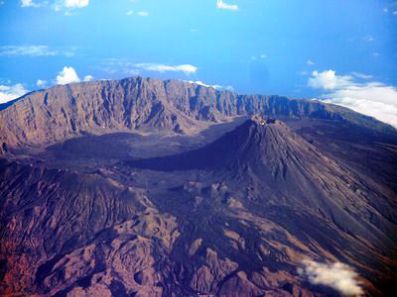 A view in Fogo Island The vineyards are spectacularly beautiful. Up here it is “survival viticulture” which, without the possibility of irrigation, allows the vine to live there, where it can obtain a little water with some regularity. The creeping vines are irregular, worked very little, and are of rare beauty. They are young because, along with the fight for survival, the old vines disappeared into the burning lava of the 1995 eruption.
A view in Fogo Island The vineyards are spectacularly beautiful. Up here it is “survival viticulture” which, without the possibility of irrigation, allows the vine to live there, where it can obtain a little water with some regularity. The creeping vines are irregular, worked very little, and are of rare beauty. They are young because, along with the fight for survival, the old vines disappeared into the burning lava of the 1995 eruption.
Production is small, around 70,000 bottles a year of white and red wine, both dry and sweet. The quality of the wines can be clearly improved. I tried most of the island’s wines, and in some cases came across problems caused by faulty vinification, volatile acidity, bacterial contamination, inexpert use of wooden barrels and so on. I also drank some enjoyable wines and, above all, I had the impression that there was great potential. The vinification problems can easily be resolved, while the originality of these vineyards is a great asset. The prices are accessible, at around 5 euros per bottle.
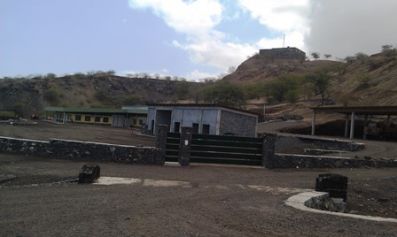 Capuchino´s winery For some time now, an Italian cooperative development programme has been helping to rebuild the cooperative winery (the Chã brand) after the eruption, with acceptable results. A few years ago, the Capuchin monks of Piedmont came up with the idea of creating new vineyards and a new winery on the island, with the main aim of using the profits to finance the running of a hospital. These are located at a lower altitude, not threatened by the eruptions, and the project has the support of some prestigious Italian winemakers. Vineyards and winery will be run using best practices, with the plantations irrigated in a quest for more efficient water use.
Capuchino´s winery For some time now, an Italian cooperative development programme has been helping to rebuild the cooperative winery (the Chã brand) after the eruption, with acceptable results. A few years ago, the Capuchin monks of Piedmont came up with the idea of creating new vineyards and a new winery on the island, with the main aim of using the profits to finance the running of a hospital. These are located at a lower altitude, not threatened by the eruptions, and the project has the support of some prestigious Italian winemakers. Vineyards and winery will be run using best practices, with the plantations irrigated in a quest for more efficient water use.
One final thing to consider: Cape Verde has been a relatively important tourist destination for some years now. You can find direct flights to Ilha do Sal, where you will also find the major hotel chains. Ilha do Fogo is less visited because its beaches are less attractive, but its natural beauty should make it more interesting, at least for excursions from Sal. And if you also like wine, I’d say that Fogo is the perfect destination for enjoying some holidays and coming home with some pleasant liquid memories.
